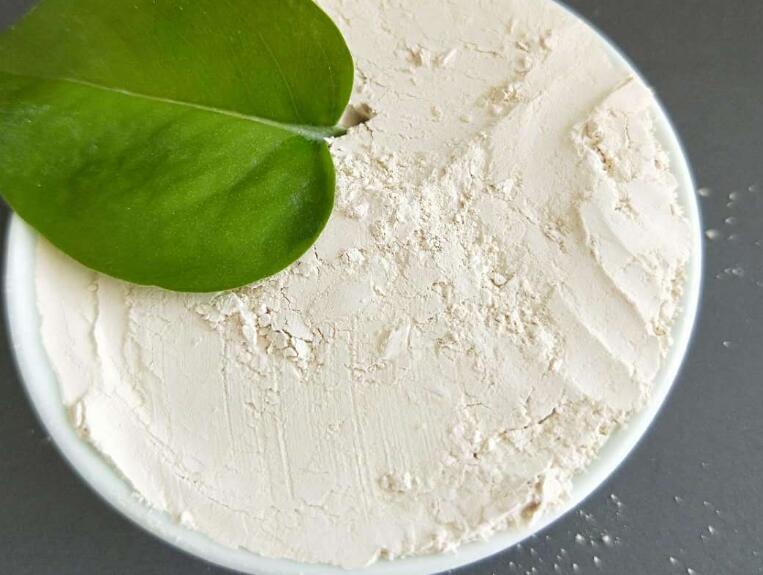Modified brucite powder and diatomaceous earth: innovative adsorbents to improve the efficiency of industrial wastewater treatment

With the acceleration of industrialization, industrial wastewater treatment has become an important issue in environmental protection. Reactive dye wastewater poses challenges to traditional treatment methods due to its stability and hydrophilicity. This article will explore the potential of a new type of modified material, a composite material combining brucite powder and diatomite, in improving adsorption capacity.
Characteristics of brucite powder and diatomite
Brucite powder: a natural mineral containing hydrous magnesium silicate, known for its thermal stability, hygroscopicity and excellent adsorption performance.
Diatomite: a porous material composed of diatom remains, known for its high specific surface area and strong adsorption capacity.
Modification purpose and method
Modification purpose
Enhance adsorption performance: increase surface active sites through modification to improve the adsorption capacity of specific pollutants.
Improve physical properties: enhance the mechanical strength and stability of the material for easy recycling and reuse.
Modification method
Physical method: such as high temperature calcination and microwave treatment to improve the material structure and surface properties.
Chemical method: use chemical reagents for surface treatment, introduce new functional groups, and enhance adsorption performance.
Reactive dye wastewater treatment
Reactive dye wastewater contains a variety of dye molecules that are difficult to remove. The development of efficient adsorbents is crucial to the treatment of such wastewater.
Adsorption performance study
Adsorption kinetics: Study the time variation law of the adsorption process to understand the adsorption rate and equilibrium time.
Adsorption isotherm: Determine the relationship between the adsorption amount and the initial concentration to reveal the adsorption mechanism.
Analysis of influencing factors: Analyze the effects of factors such as pH, temperature, and contact time on the adsorption effect.
Regeneration capacity evaluation: Evaluating the regeneration capacity of the adsorbent is crucial for practical applications.
Experimental steps
Preparation of modified materials: Mix brucite powder and diatomaceous earth for chemical modification.
Material characterization: Characterize the modified materials using XRD, SEM, BET and other techniques.
Adsorption experiment: Prepare reactive dye solutions of different concentrations, add modified materials, and monitor the removal efficiency.
Data processing: Fit data through Langmuir and Freundlich models to analyze the adsorption mechanism.
The modified brucite powder and diatomaceous earth composite material can effectively adsorb dye molecules in reactive dye wastewater. The material exhibits higher adsorption capacity, faster adsorption rate and good regeneration performance, making it an ideal choice for treating dye pollutants in industrial wastewater.








